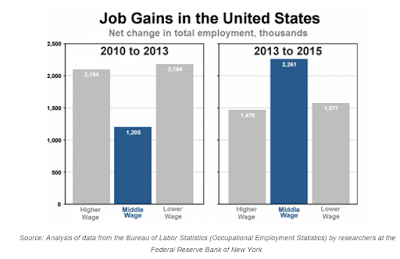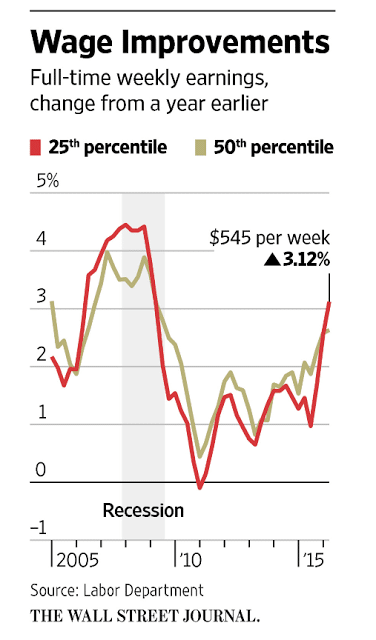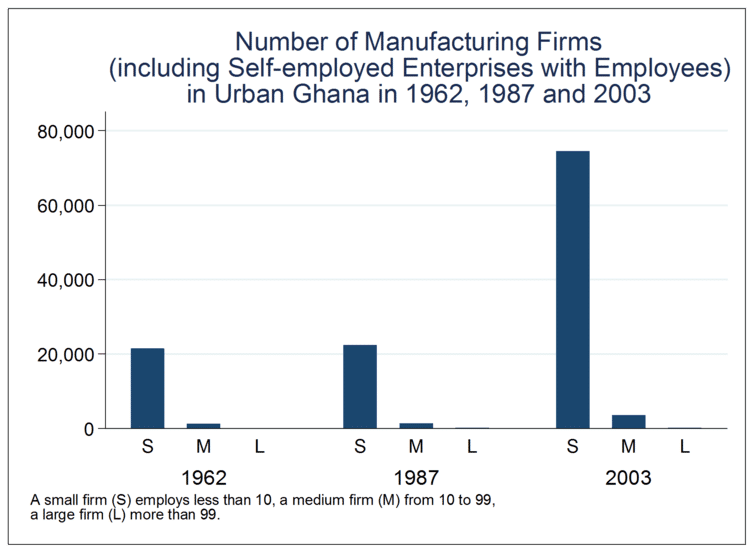Remember September (for Jobs Data)
Let’s admit that the monthly non-farm payroll report is among the most difficult for economists to forecast. There are not many reliable inputs as it is the first piece of real sector data for a new month.
Nevertheless, it is an important piece of economic data, and which, as we saw earlier in the year, a significant downside miss could freeze the Fed.








